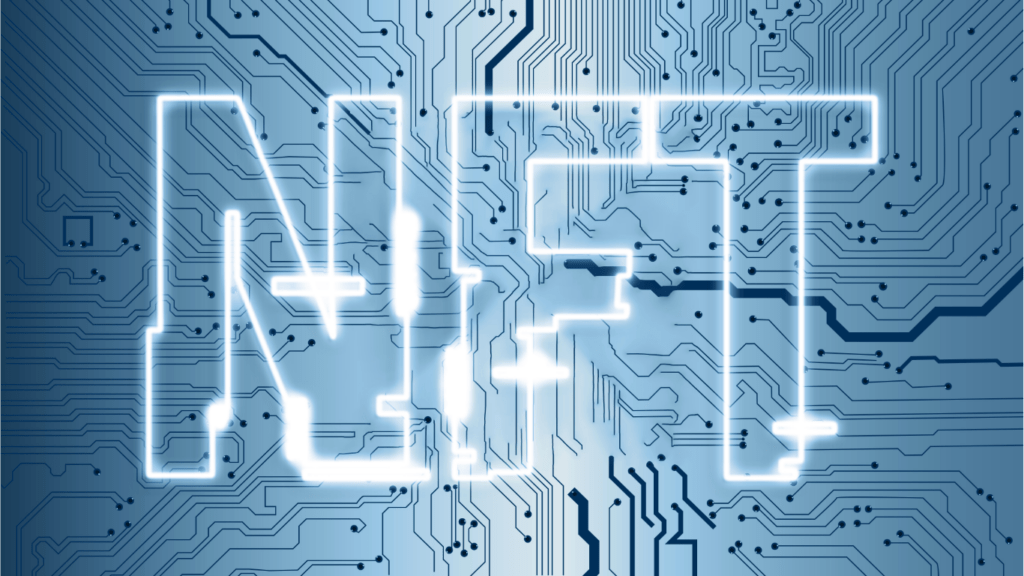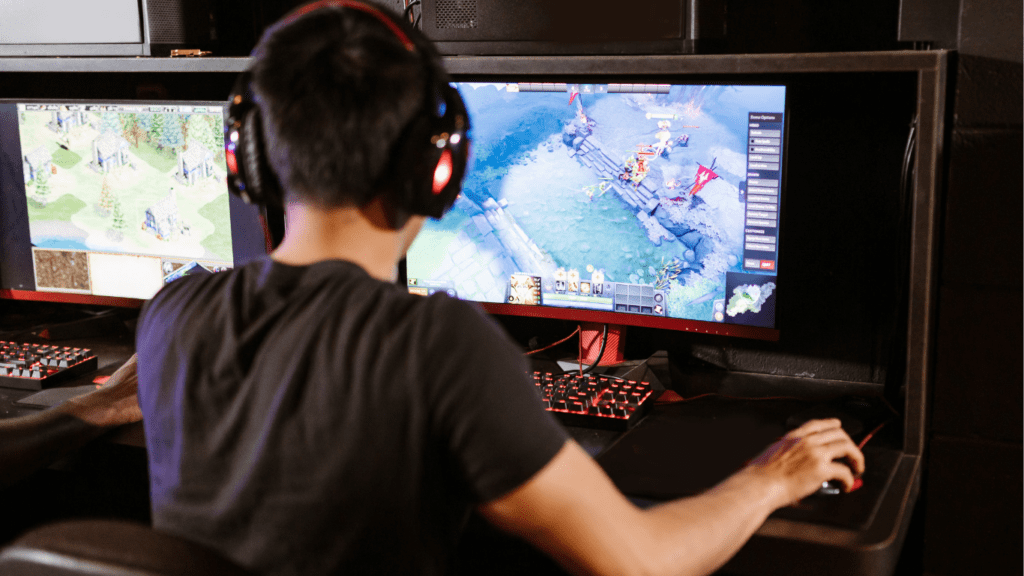Understanding NFTs
NFTs, or non-fungible tokens, have revolutionized the digital art market by enabling unique ownership tracking through blockchain technology.
What Are NFTs?
NFTs represent unique digital assets stored on a blockchain. Unlike cryptocurrencies such as Bitcoin or Ethereum, which are fungible, NFTs are unique and cannot be exchanged on a one-to-one basis. Each NFT has distinct information and metadata that makes it inherently different from another, even if they appear similar.
How NFTs Function
NFTs utilize blockchain technology to ensure verifiable ownership and authenticity. When an artist creates a digital artwork and attaches it to an NFT, the details of the artwork, including its origin and ownership history, are recorded on the blockchain. This ledger entry provides transparency and security. Collectors can purchase these NFTs through various online marketplaces, allowing them to own a certified version of the digital art. Blockchain’s immutability makes tampering or fraud virtually impossible, preserving both the creator’s rights and the collector’s investment.
NFTs in the Digital Art World
NFTs have become pivotal in the digital art world. They use blockchain technology to offer secure ways for artists to sell and verify their work.
The Role of Blockchain
Blockchain technology underpins NFTs. It records transactions, ensuring every NFT has a unique and verifiable history. This transparency assures buyers of the authenticity and ownership of digital art. Unlike traditional art, NFTs include detailed metadata, which adds another layer of verification. Blockchain’s decentralized nature secures these assets from tampering.
Benefits for Artists
NFTs offer multiple benefits for artists. They can monetize their digital creations directly without intermediaries taking a large cut. Platforms like OpenSea and Rarible allow artists to set their prices. Additionally, smart contracts can automate royalty payments, ensuring artists earn from future resales. This continuous revenue stream provides financial stability.
Marketplaces for Digital Art

Several online marketplaces make buying and selling NFT art straightforward. OpenSea is a popular platform where artists and collectors trade various digital assets. Rarible lets users create and sell their NFT art directly. Foundation is another platform that focuses on high-quality digital artworks. These marketplaces collectively enlarge the digital art ecosystem, making it accessible to a broader audience.
Notable NFT Art Sales
NFT art has captured significant attention with staggering sales, marking new milestones in the digital art world.
Record-Breaking Auctions
Several NFT art pieces have made headlines for their record-breaking auction prices.
- Beeple’s “Everydays: The First 5000 Days”: Sold for $69.3 million at Christie’s in March 2021, making it one of the most expensive digital artworks ever.
- CryptoPunk #7523: Fetching $11.8 million at a Sotheby’s auction in June 2021, this rare CryptoPunk showcased the potential of 24×24 pixel art.
- Beeple’s “Crossroad”: This piece sold for $6.6 million on Nifty Gateway. Its dynamic nature, changing based on real-world events, captivated collectors.
- Pak’s “The Merge”: In December 2021, this piece sold for $91.8 million on Nifty Gateway. The sale set a new record for the highest-grossing NFT art.
These sales highlight the growing market and investor interest in NFT art.
Prominent NFT Artists
Several artists have risen to prominence within the NFT space.
- Beeple (Mike Winkelmann): Known for high-grossing works like “Everydays: The First 5000 Days”, Beeple’s art blends pop culture with dystopian themes.
- Pak: An anonymous artist renowned for innovative concepts and high sales, including “The Merge”.
- Mad Dog Jones (Michah Dowbak): Known for pieces like “REPLICATOR”, Mad Dog Jones combines cyberpunk aesthetics with social commentary.
- XCOPY: Specializing in glitchy, dystopian animated art, XCOPY’s works often sell for millions on platforms like SuperRare.
These artists drive the NFT art movement, pushing creative and financial boundaries.
Challenges and Criticisms
As NFTs gain popularity in the digital art world, certain challenges and criticisms emerge.
Environmental Concerns
NFTs often use the Ethereum blockchain, which relies on energy-intensive Proof of Work (PoW) mechanisms. PoW requires powerful computers to solve complex puzzles, consuming vast amounts of electricity. A November 2021 study found that Ethereum’s annual energy consumption was comparable to that of Qatar. The industry’s carbon footprint raises concerns among environmentalists. Some artists and platforms are exploring greener alternatives, like Proof of Stake (PoS) blockchains, which are more energy-efficient.
Market Volatility
NFT prices fluctuate significantly, making the market highly volatile. For instance, Beeple’s “Everydays: The First 5000 Days” sold for $69 million, yet other NFTs may lose value rapidly after initial hype. Investors often face uncertainty due to rapidly shifting trends and speculative trading. In 2021, the total NFT sales volume reached $25 billion, but many assets saw dramatic price drops within weeks. This unpredictability deters some artists and collectors from fully embracing the NFT market.
The Future of NFTs and Digital Art
NFTs continue to shape the digital art landscape, influencing market dynamics and artistic practices. The future points to exciting developments and potential challenges.
Emerging Trends
New trends are emerging as NFTs evolve. Fractional ownership, where multiple individuals own a piece of a digital artwork, is gaining traction. Platforms like Fractional.art facilitate this, making high-value NFTs more accessible. Another trend is the integration of physical and digital art, known as phygital art. Artists like Trevor Jones blend these realms, creating pieces that exist in both worlds. Additionally, the rise of artist DAOs (Decentralized Autonomous Organizations) empowers artists through collective decision-making and mutual support. These DAOs utilize blockchain technology for governance and ensure fair revenue distribution.
Long-Term Viability
The long-term viability of NFTs in digital art hinges on several factors. Technological advancements in blockchain can make NFTs more sustainable and reduce their environmental impact. Proof of Stake mechanisms, like Ethereum’s planned transition, promise lower energy consumption. Market regulation also plays a role, ensuring transparent and fair trading practices to protect investors and artists. Economic stability in the NFT market requires addressing speculative trading and encouraging genuine art appreciation. NFT permanence and metadata storage are crucial too, as they guarantee the longevity and provenance of digital artworks.
Emerging trends and considerations for long-term viability highlight the evolving nature of NFTs in digital art and their potential industry impact.





